TAVR for Severe Aortic Stenosis in a Patient with Prior Leadless Pacemaker Implantation
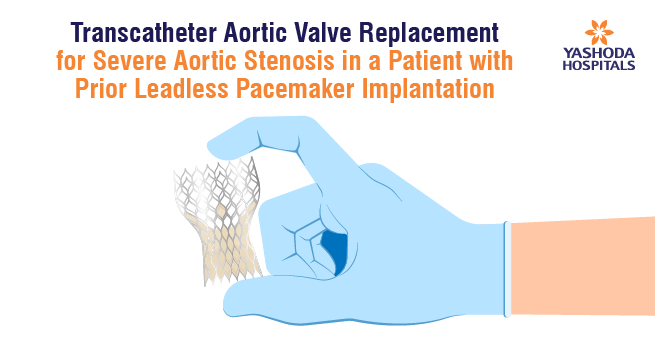
Patient Profile
A 76-year-old male who had undergone Micra leadless pacemaker implantation presented with symptoms of a complete heart block after two years, leading to a slow heartbeat (< 40 beats per minute). Despite experiencing two years of satisfactory health, the patient developed severe shortness of breath. Echocardiography revealed significant narrowing of the aortic valve with calcium deposition.
Additional Information
Experiencing an excessively slow heartbeat can result in various symptoms like light-headedness, palpitations, exhaustion, chest discomfort, breathing difficulties, or fainting spells. In cases of a complete heart block, where the electrical signals from the atria to the ventricles are disrupted, surgical intervention may not always be necessary. Artificial pacemakers can effectively restore a regular heart rate.
The Micra leadless pacemaker, a groundbreaking innovation and the smallest of its kind, is seamlessly implanted directly into the heart, eliminating the need for leads. Its compact design, 93% smaller than traditional pacemakers, not only ensures a discreet implantation without visible scarring but also imposes minimal restrictions on post-implantation activities.
Aortic valve stenosis, categorized as a valvular heart disease, involves a narrowed and partially dilated valve connecting the heart’s lower left chamber to the aorta, hindering efficient blood flow. In severe cases, surgical intervention is often considered, with transcatheter aortic valve replacement (TAVR) emerging as a less invasive alternative, especially for individuals unsuitable for open-heart surgery.
Transcatheter aortic valve replacement (TAVR), distinguished by its minimally invasive nature and smaller incisions compared to open-heart surgery, effectively alleviates symptoms associated with aortic valve stenosis. Decisions regarding TAVR involve careful consultation with a comprehensive cardiac team to determine the most suitable treatment approach.
Conclusion
The patient’s unique case showcases the combined benefits of two interventional procedures, transcatheter aortic valve implantation and a leadless pacemaker. Notably, these procedures leave no visible scars on the body.
About Author –



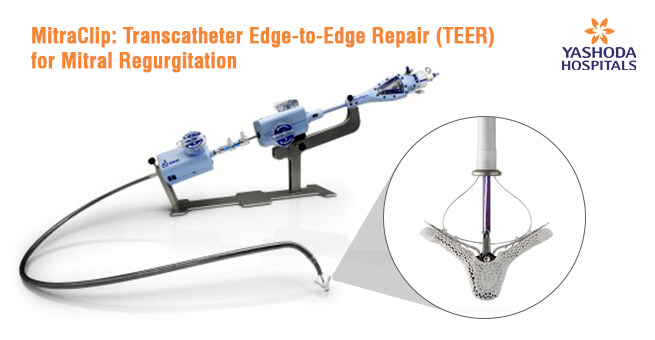
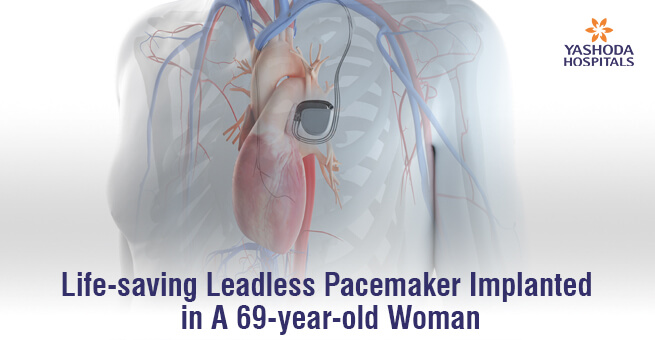
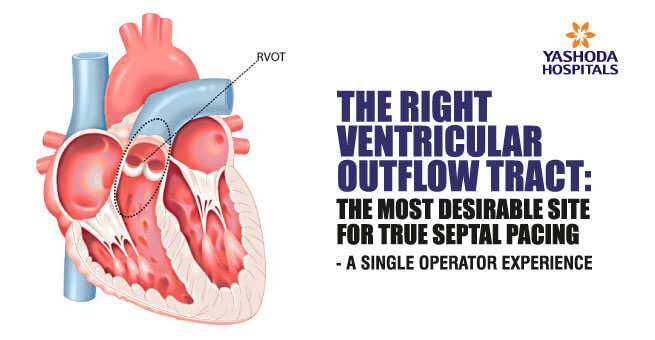
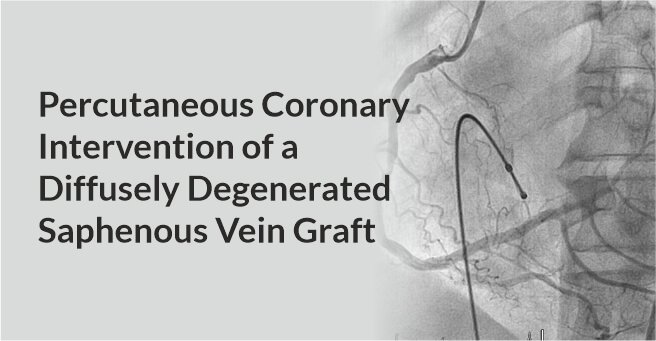
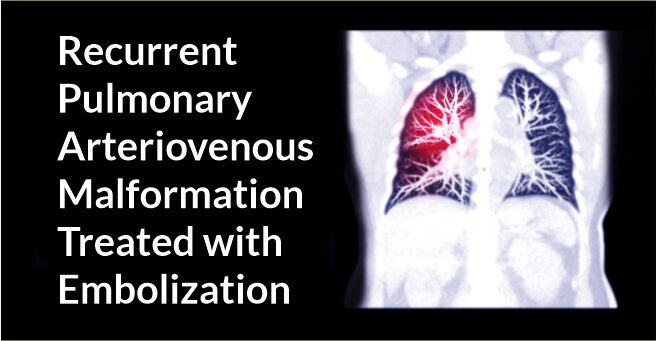
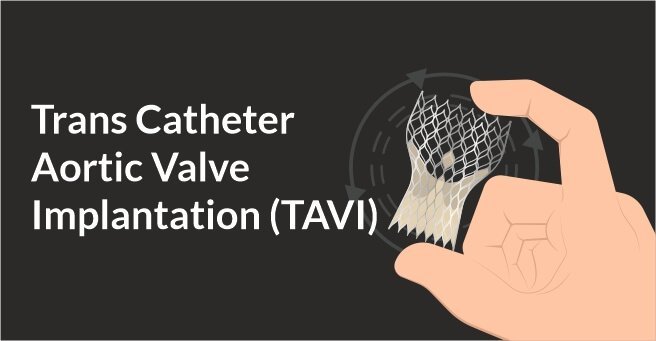
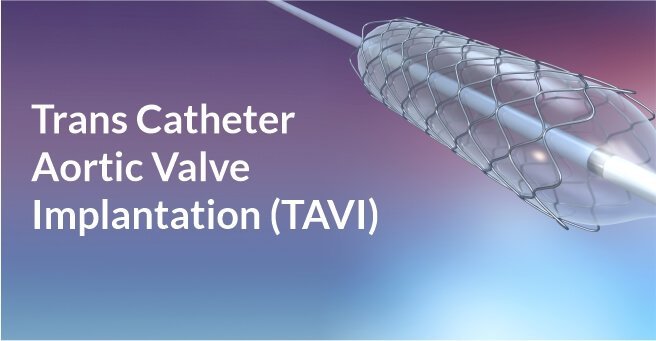
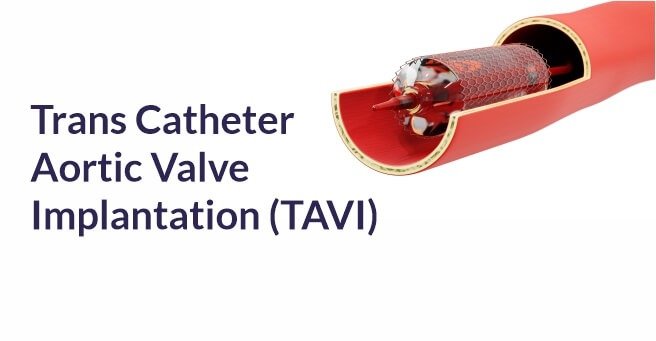
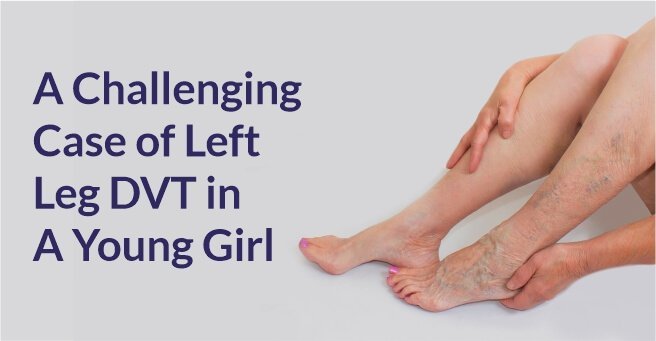
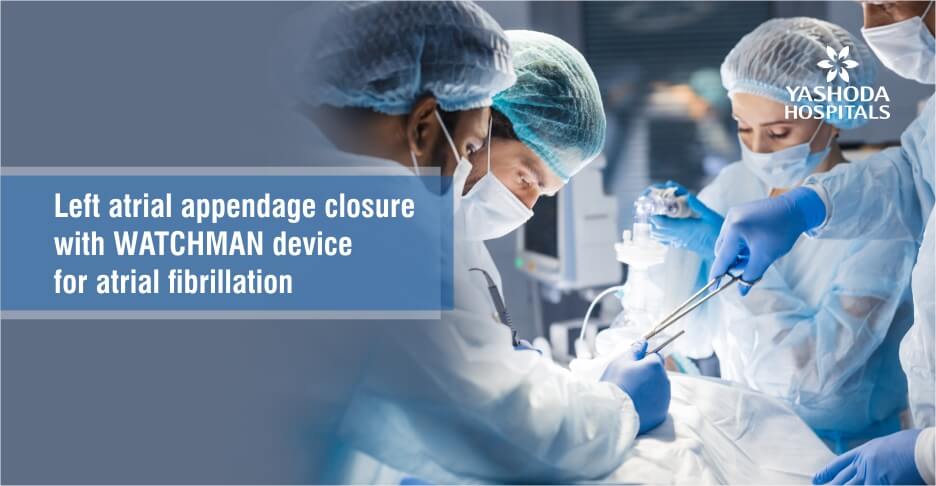
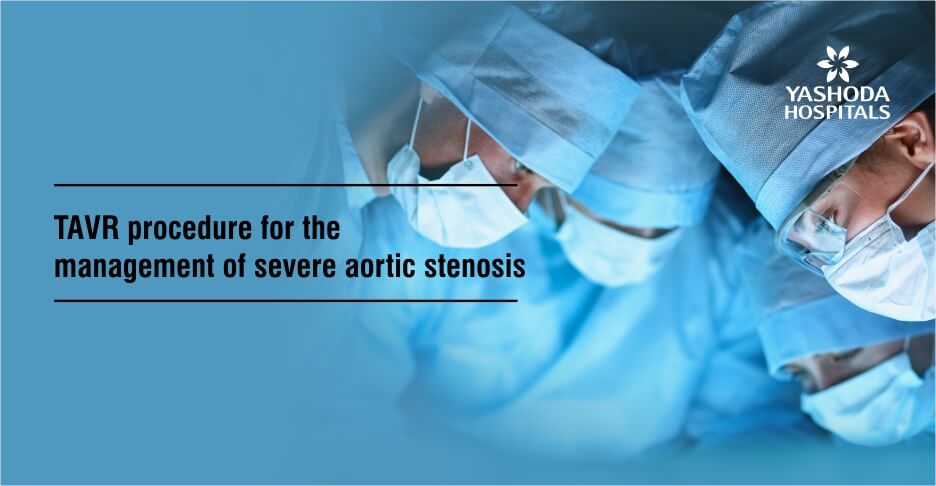
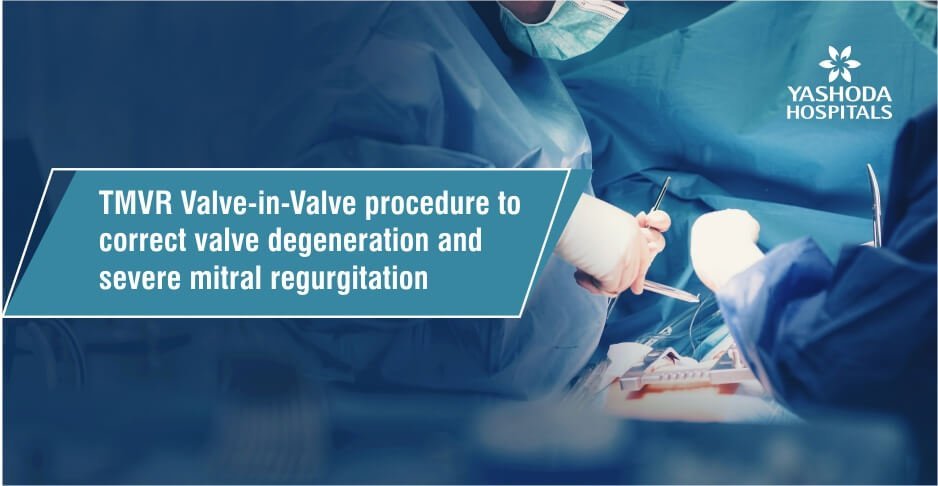
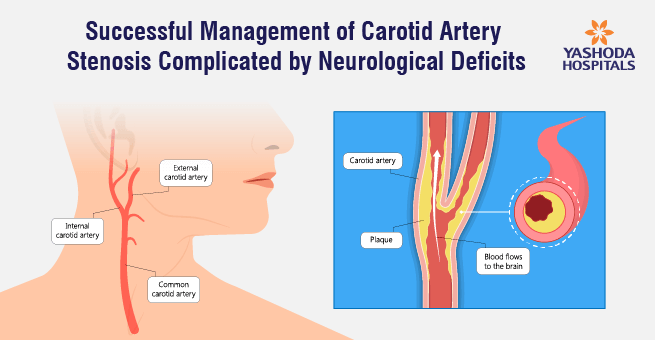

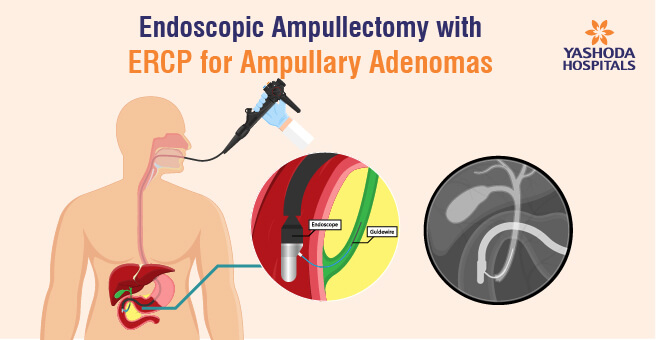
 Appointment
Appointment WhatsApp
WhatsApp Call
Call More
More

